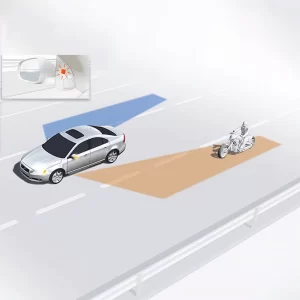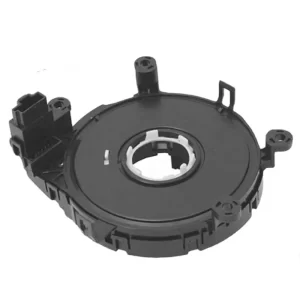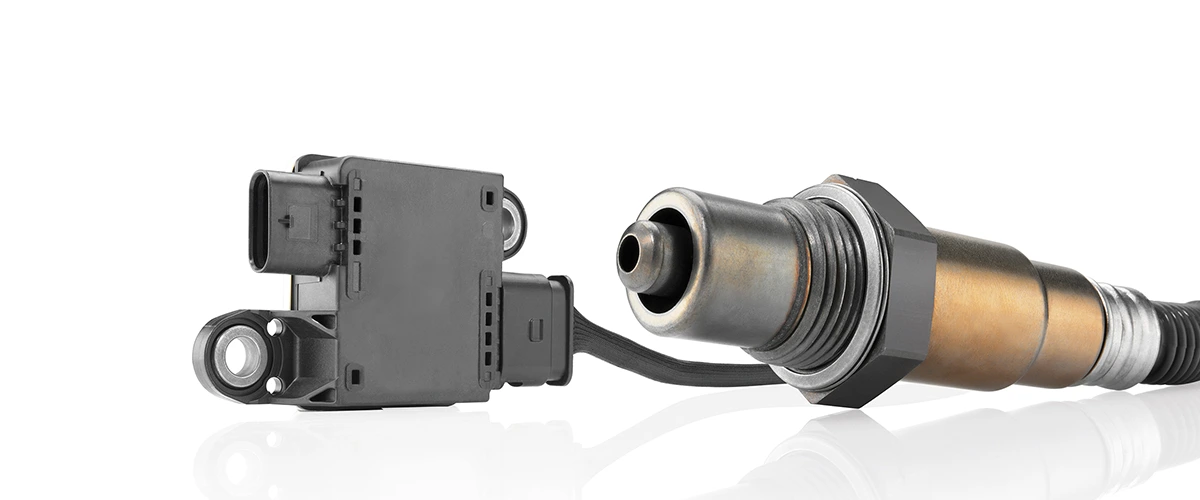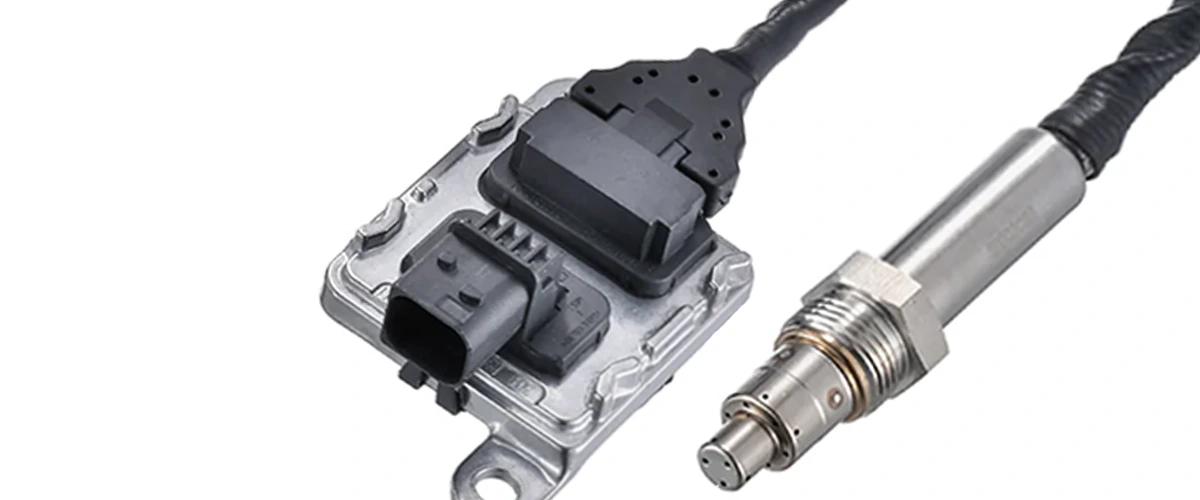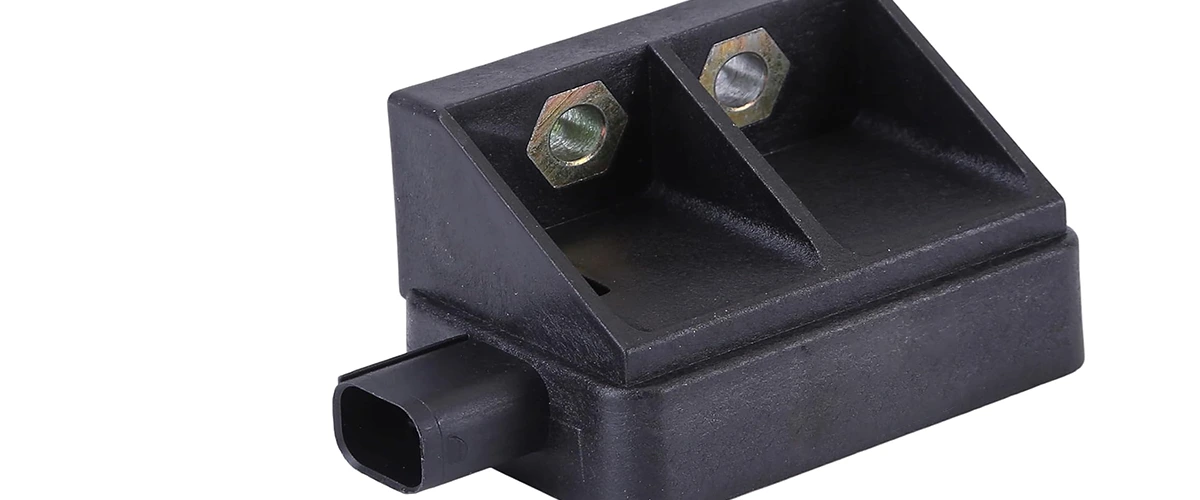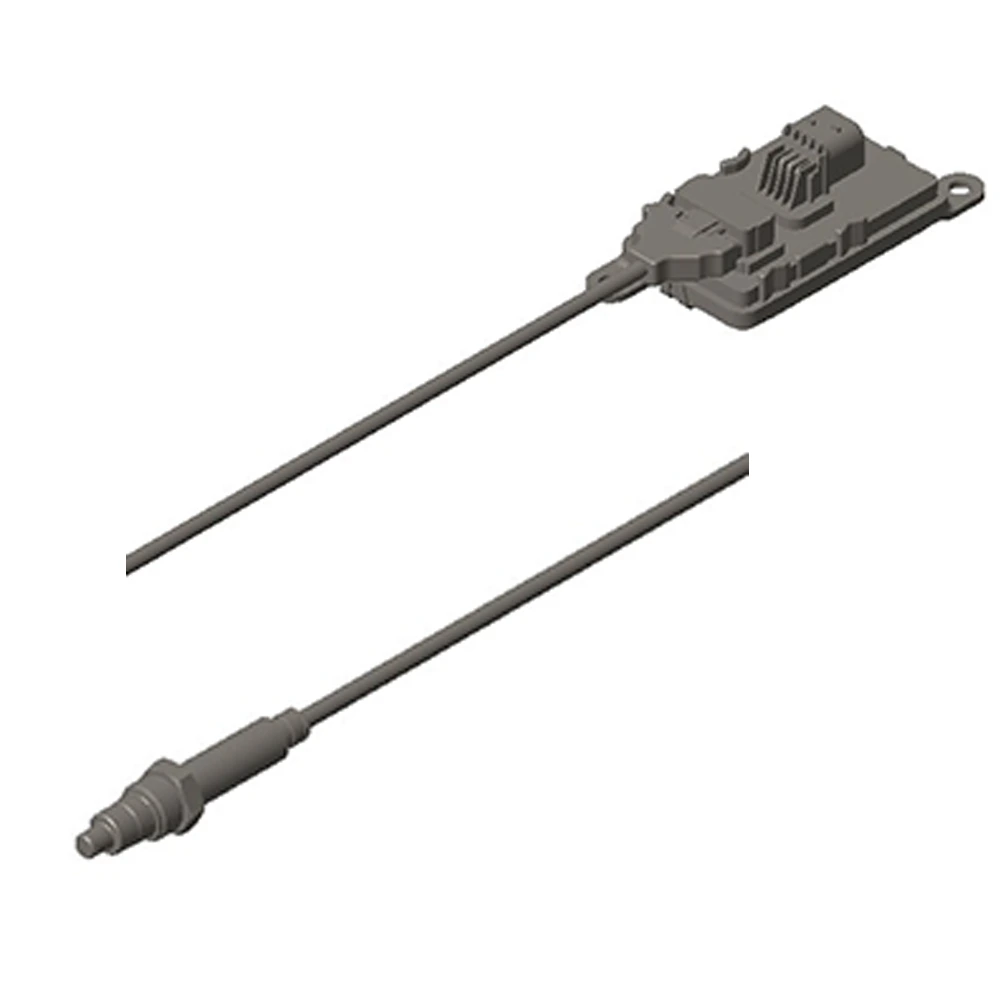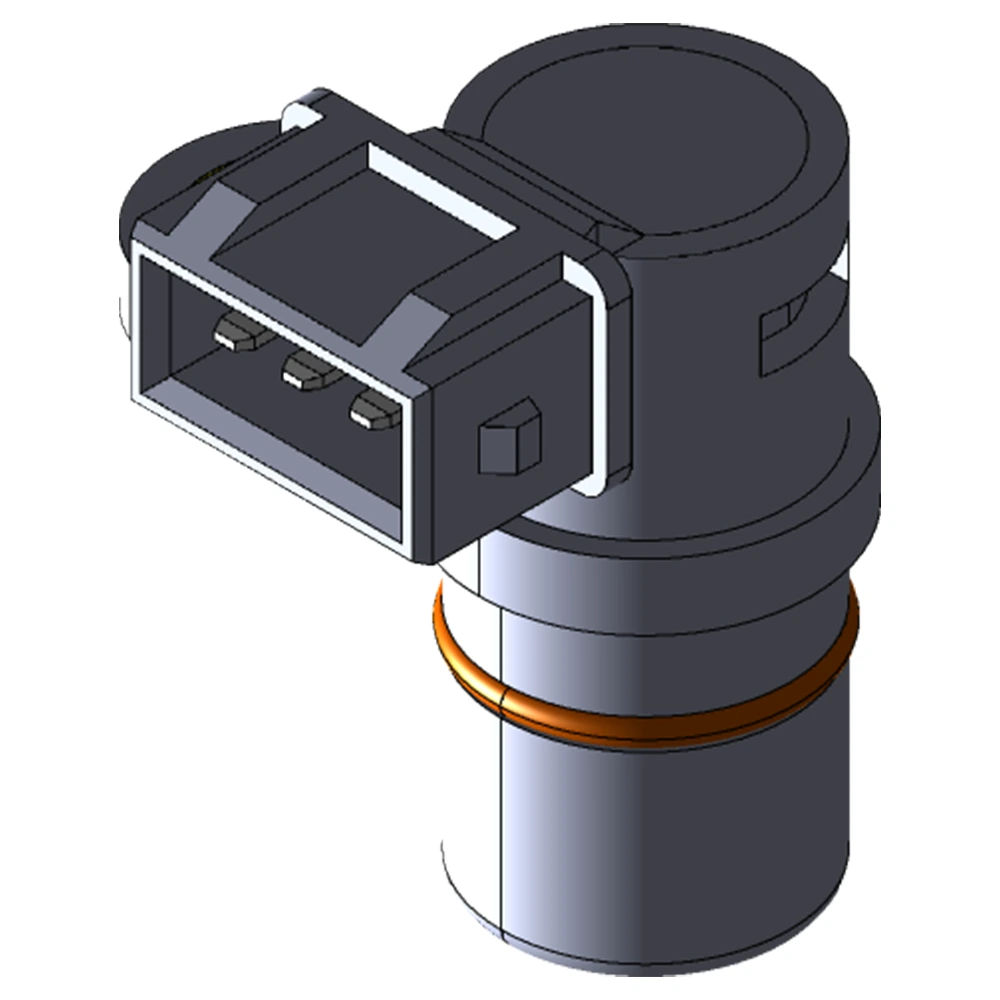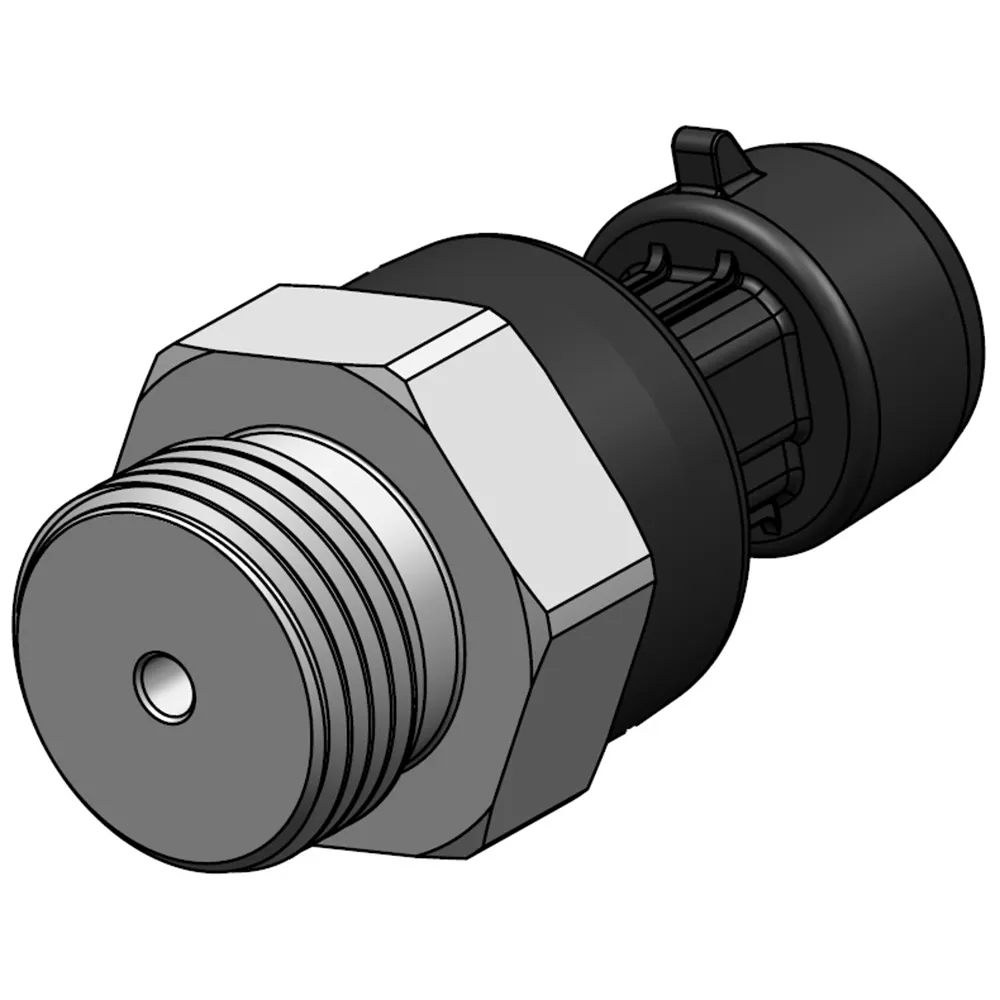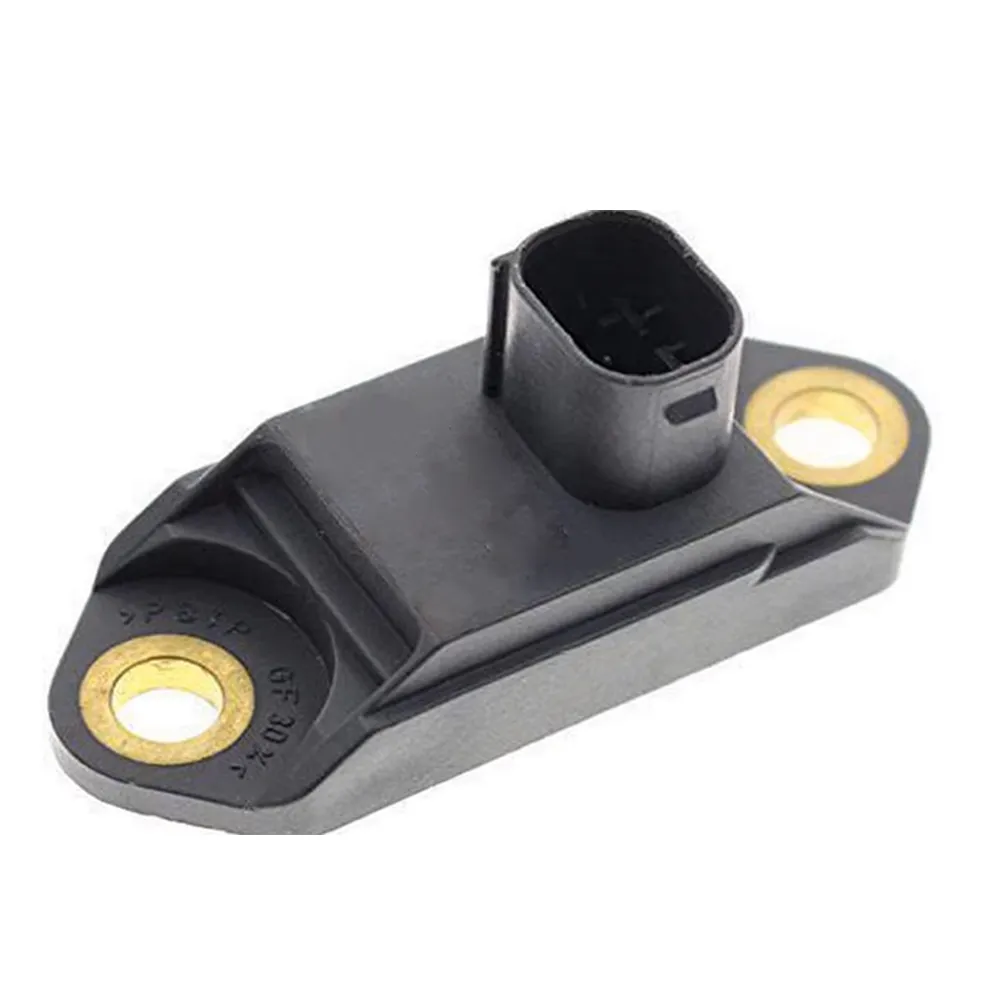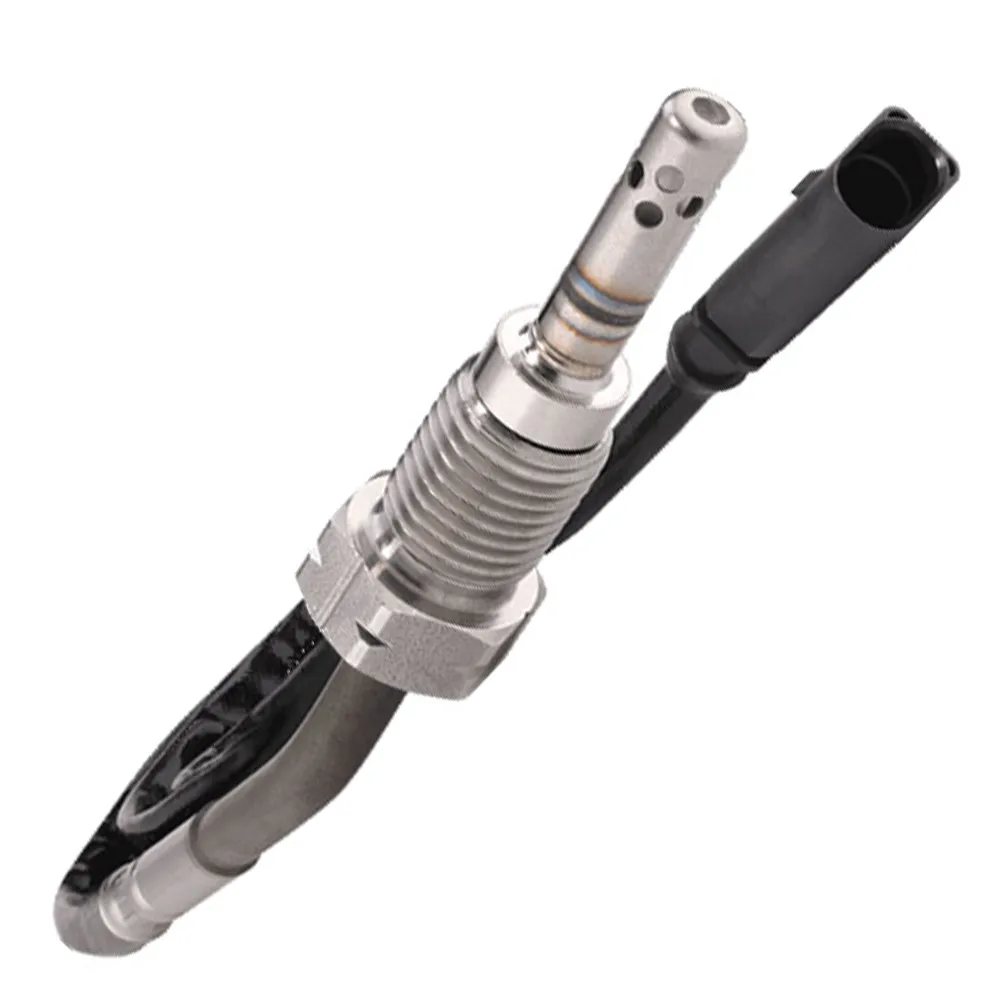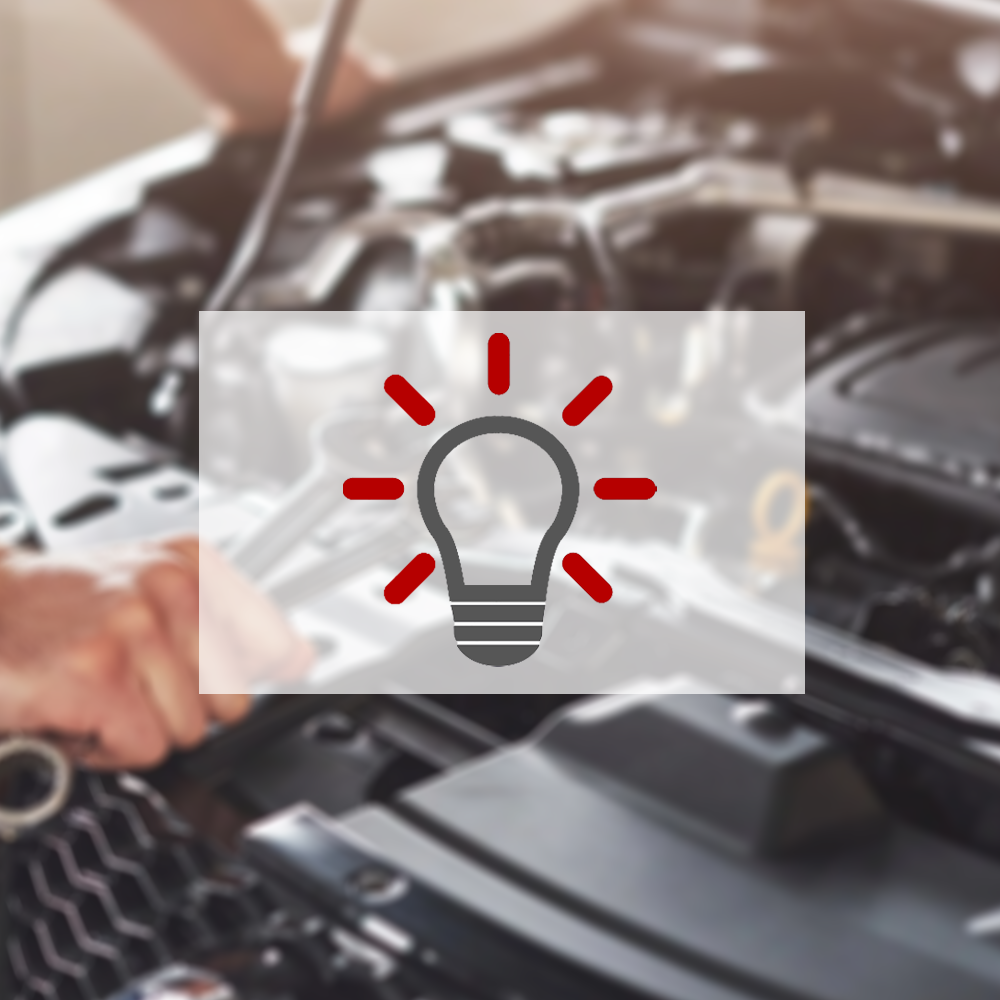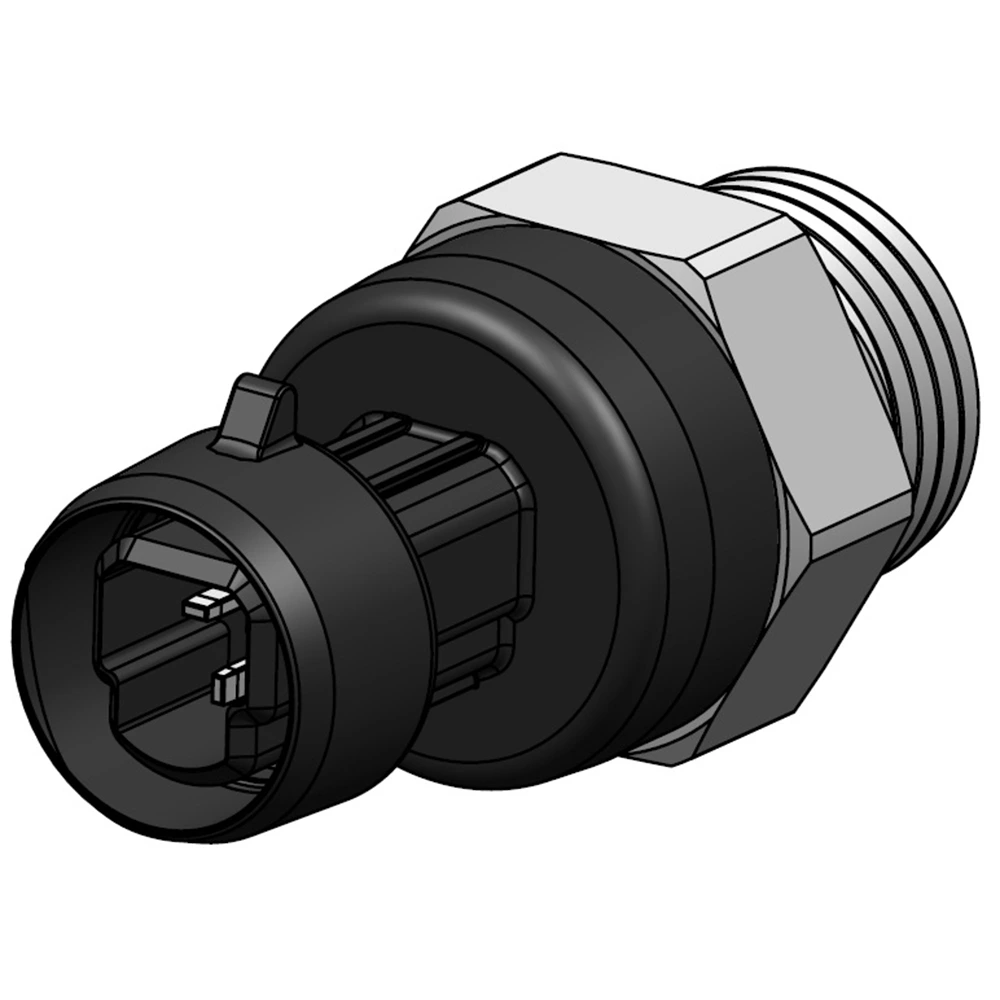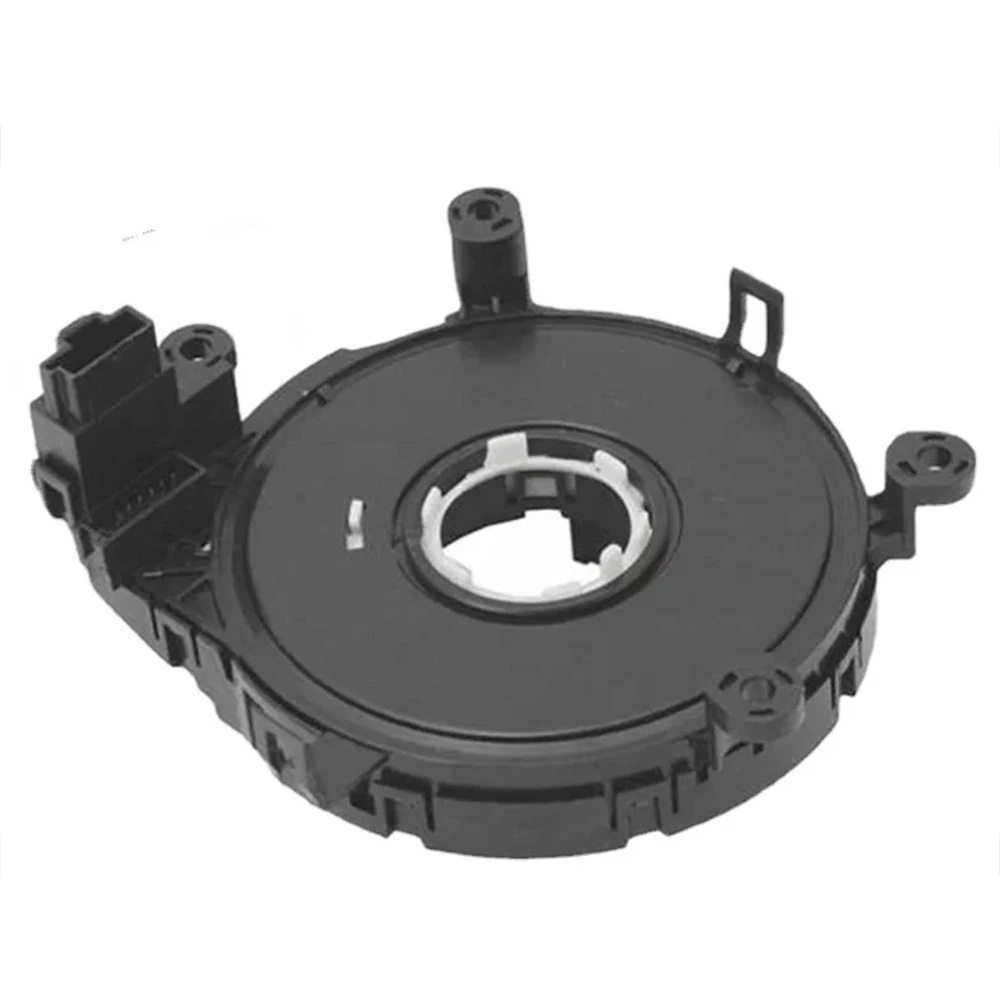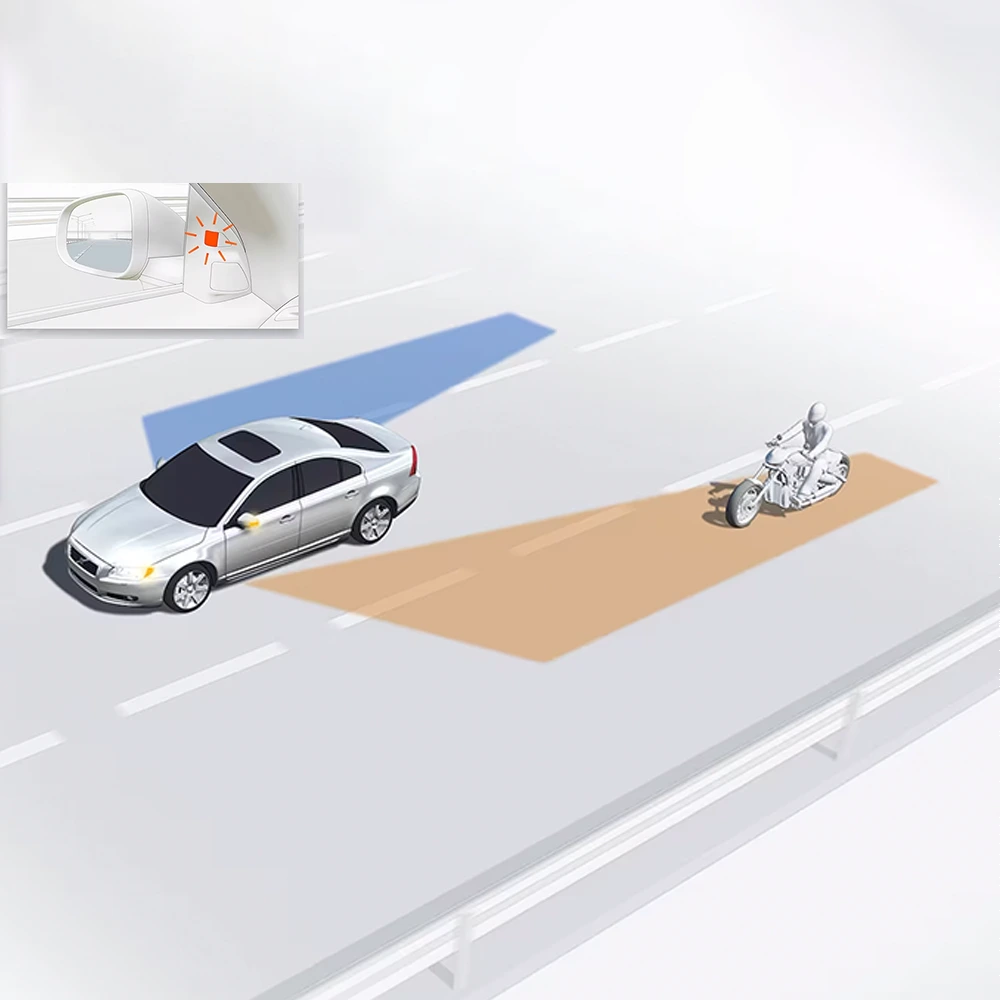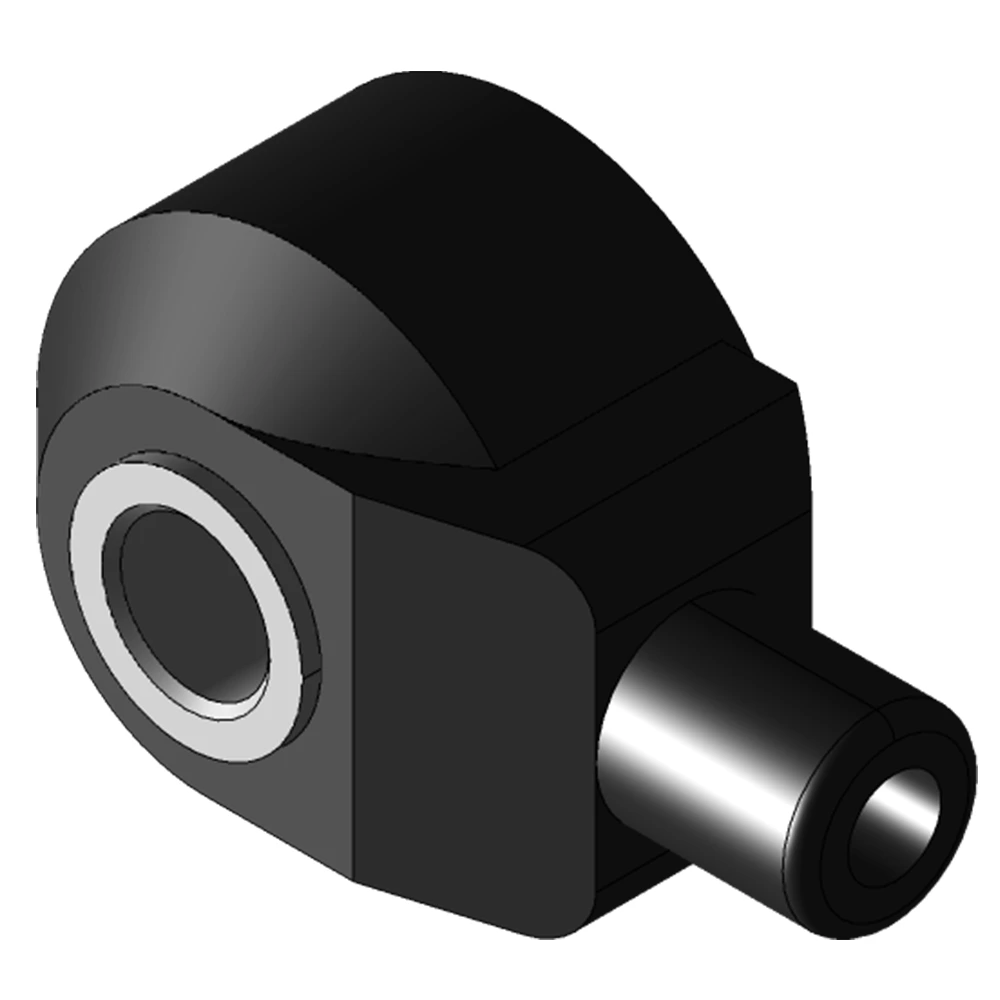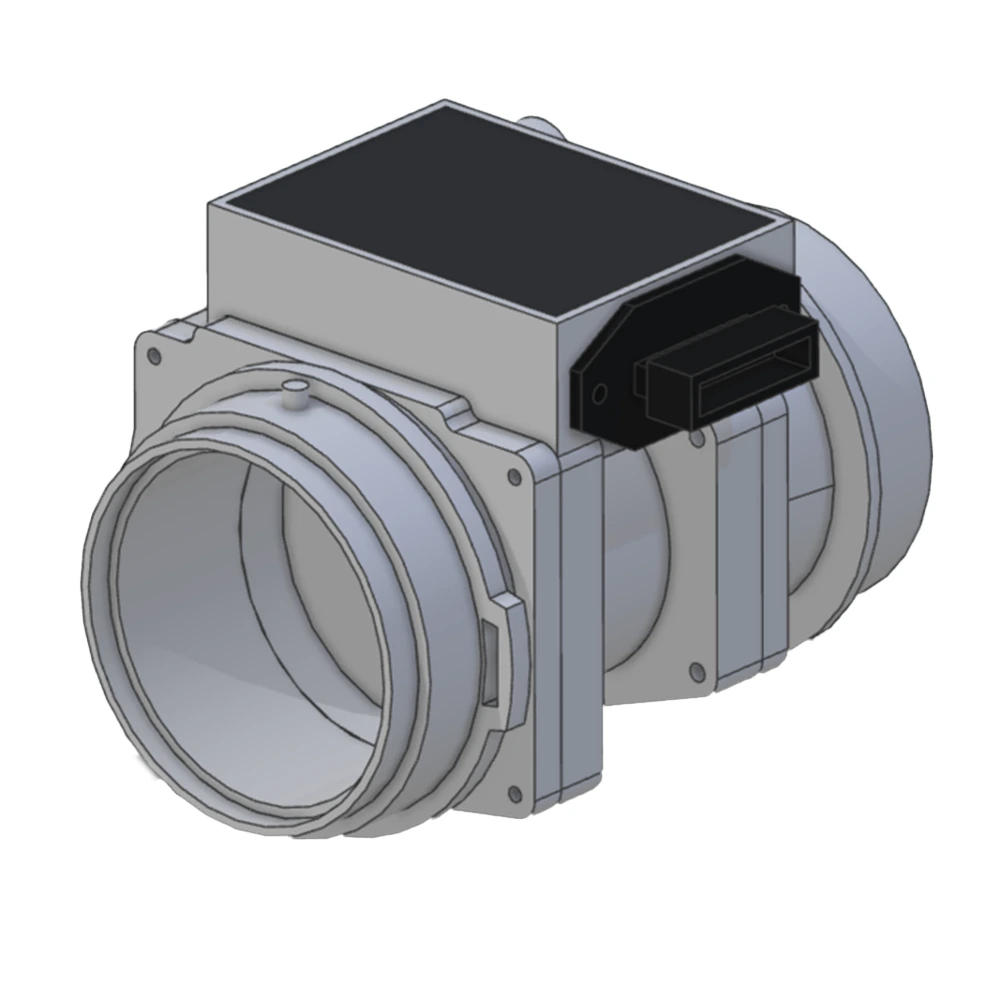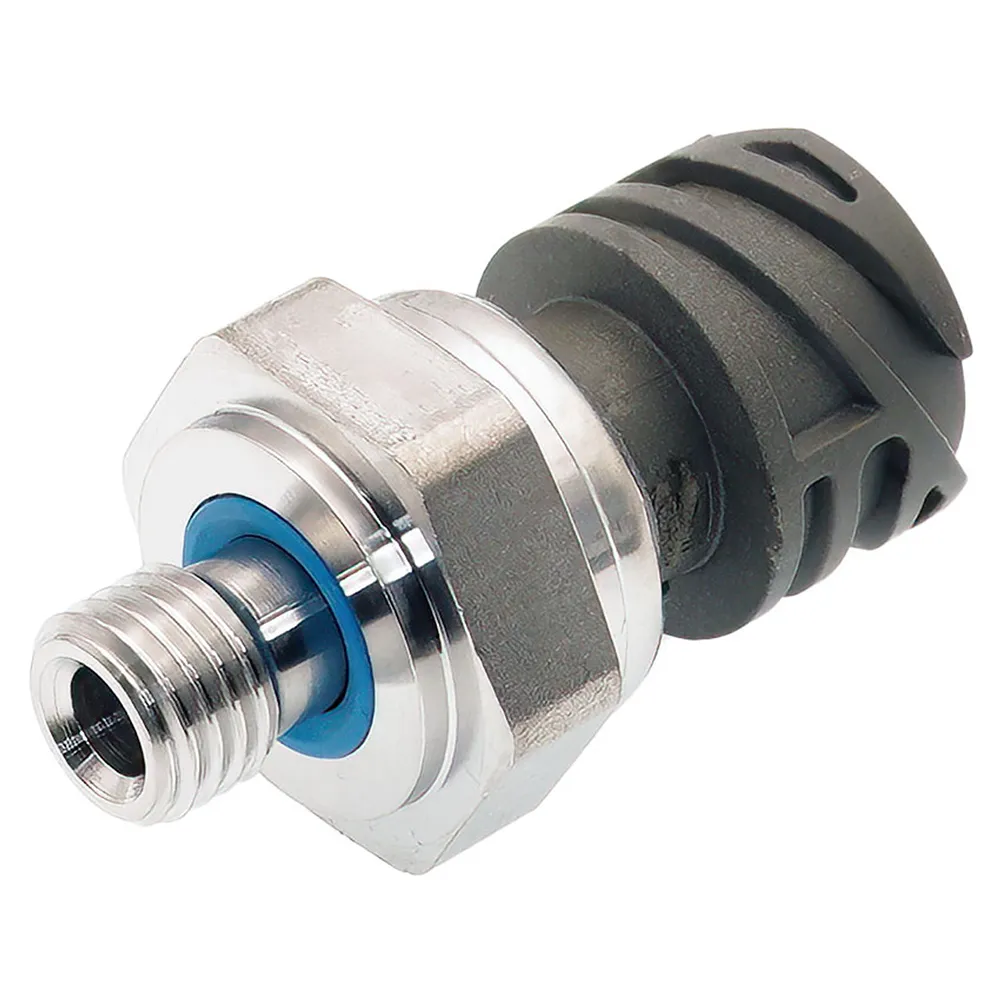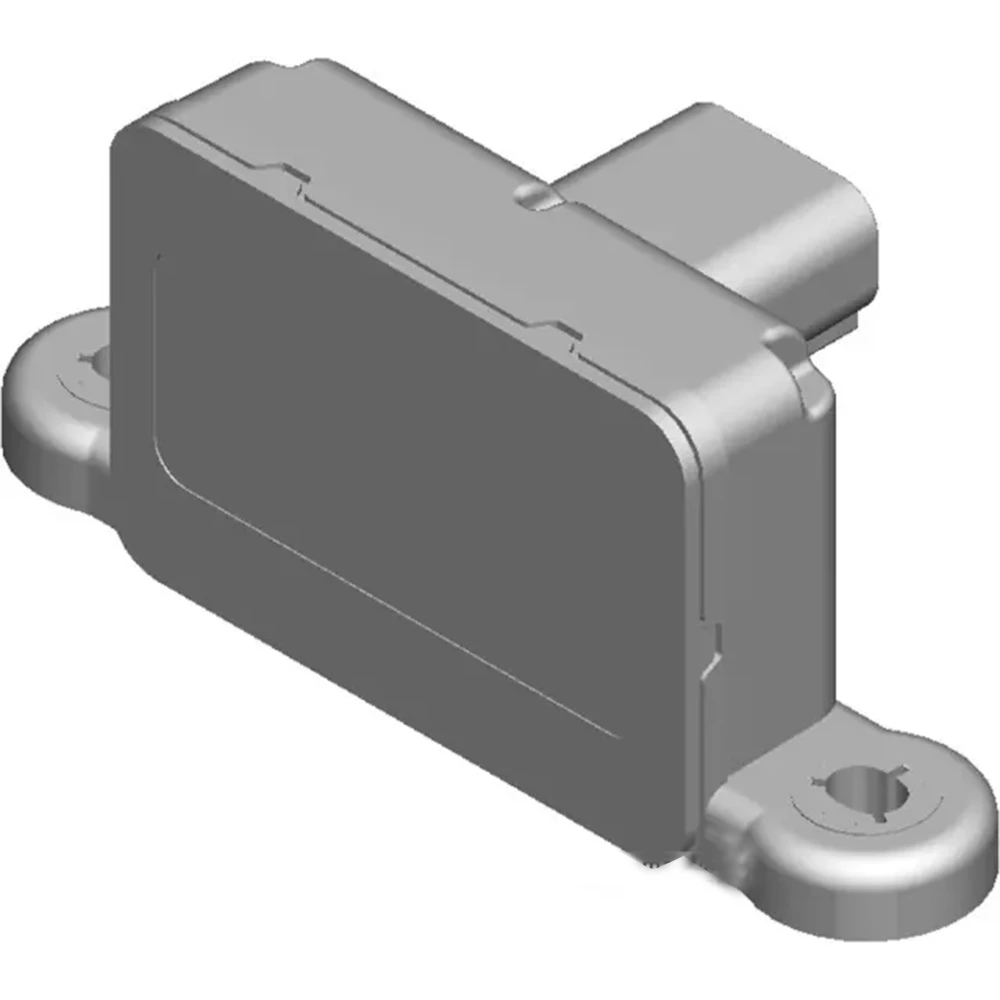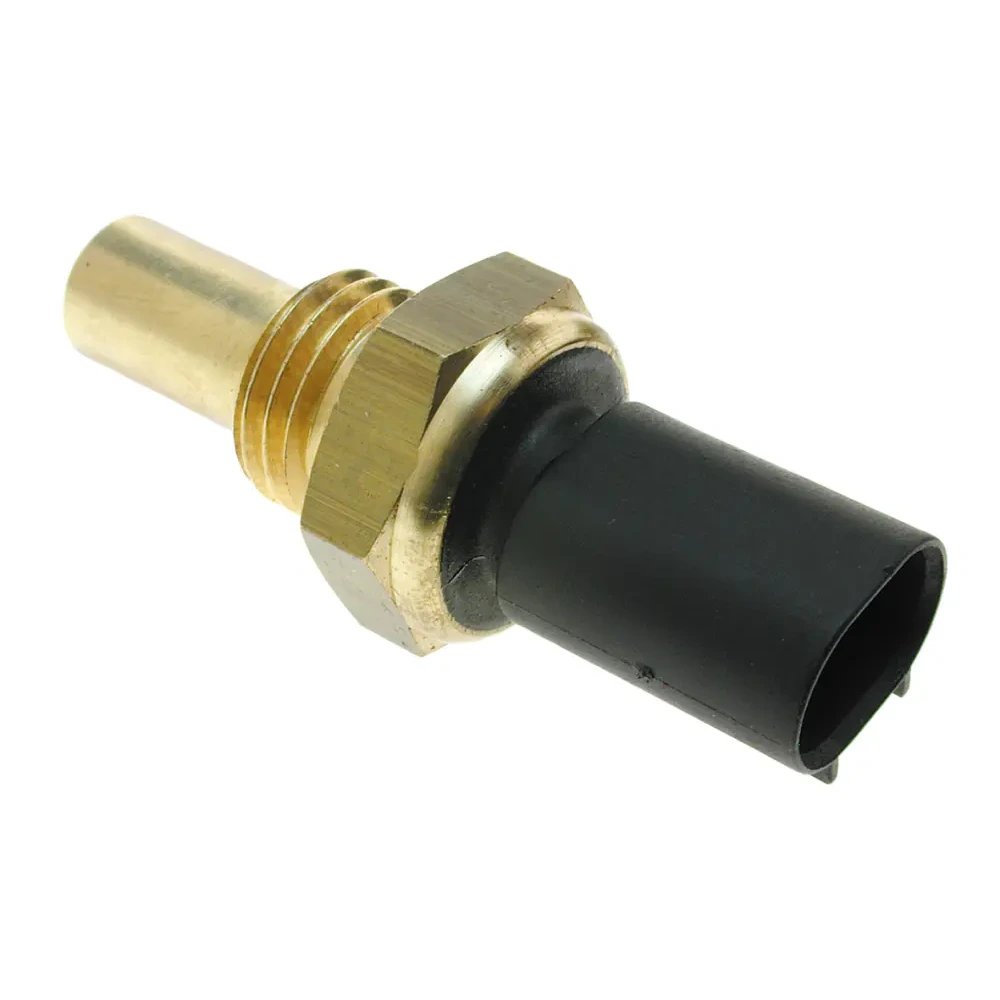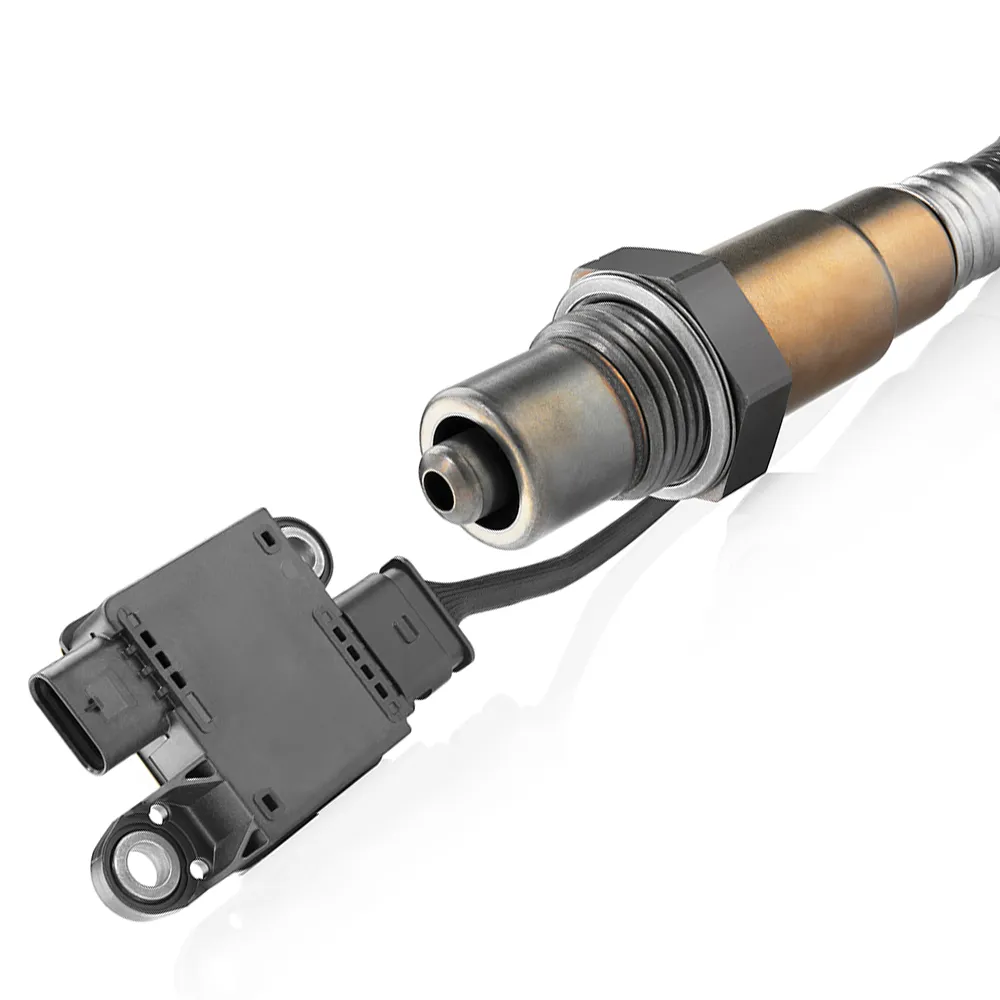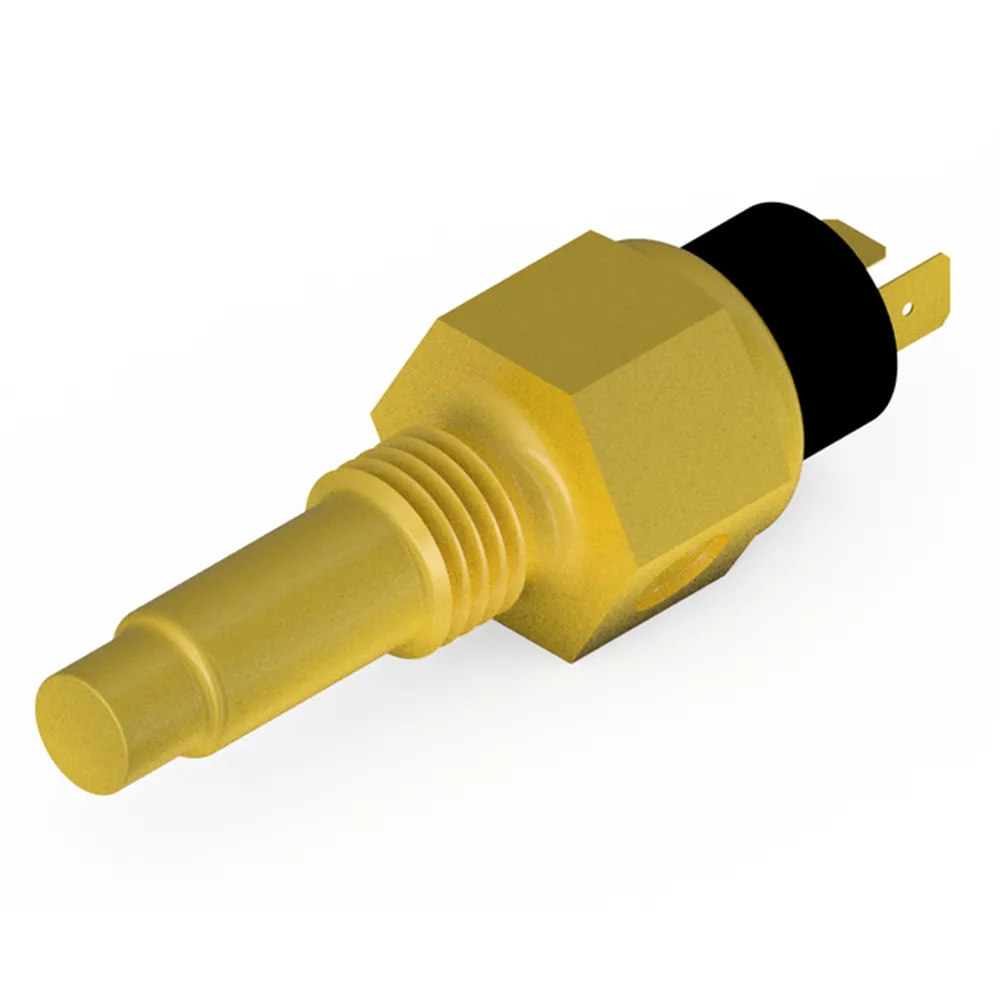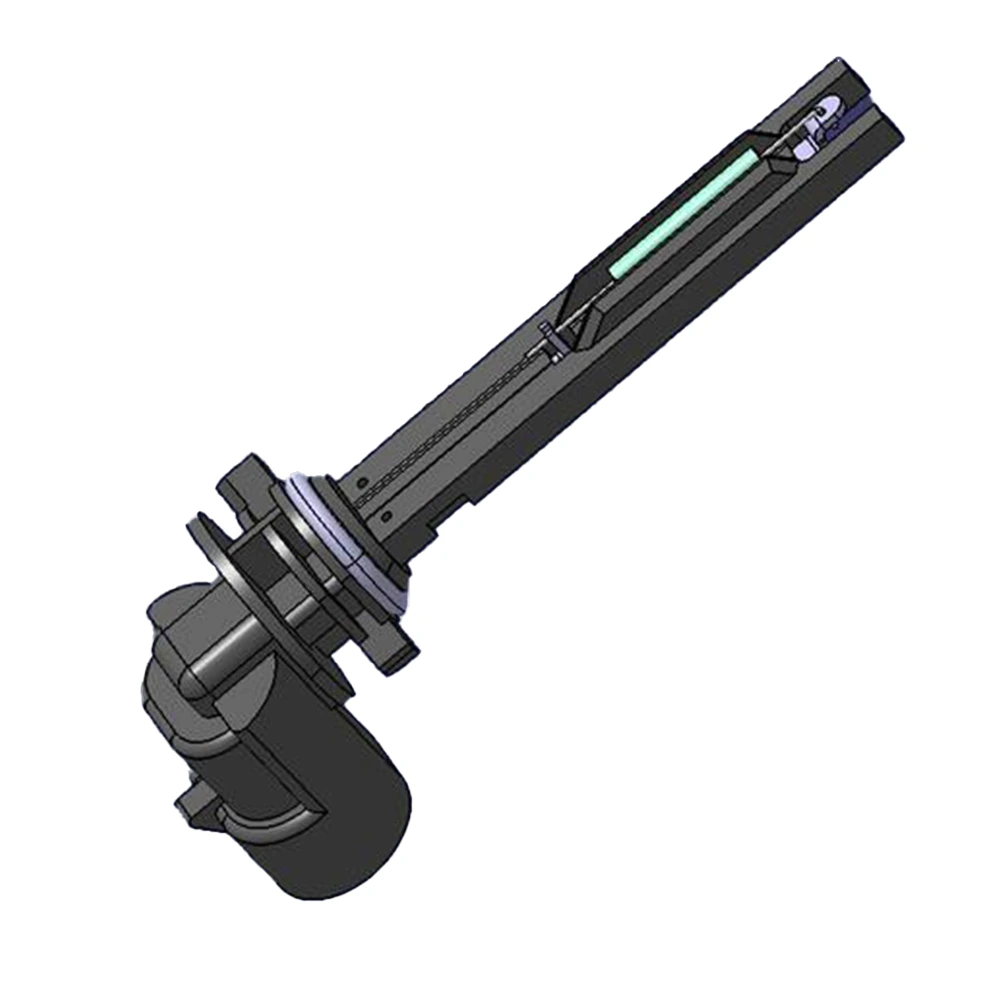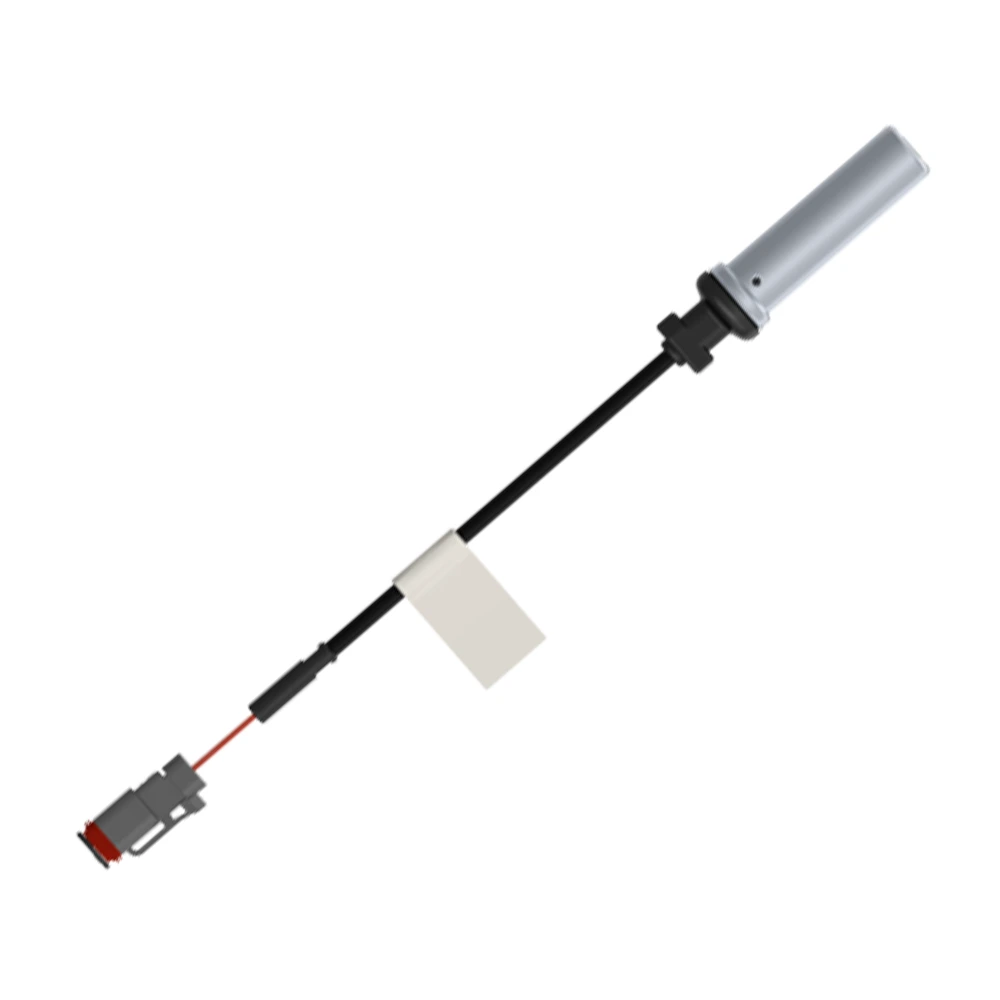Water Pump – How it works & failed?
The water pump’s name is a throwback to the early days of motoring, when engines were only cooled with water, unlike today’s vehicles, which use a mixture of water and antifreeze. The importance of the water pump in preventing engine overheating has not changed, making it an essential part of the vehicle’s cooling system
How a water pump works?
The water pump is vital to the operation of the car’s engine, as it ensures the flow of coolant through the engine block, cylinder head, hoses and radiator and maintains the optimal operating temperature. It is usually driven by a belt from the crankshaft pulley or sprocket.
A car’s water pump uses impeller vanes and centrifugal force to move coolant through the various passages and hoses that make up the cooling system.
Once the coolant has flowed around the engine, it is hosed to the radiator, usually at the front of the car, where the hot coolant is cooled by the movement of air over the radiator fins. It then exits the radiator and flows back to the water pump, where the process begins again.
Why a water pump failed?
1. Contaminated coolant
One of the most common causes of premature water pump failure is an excessive amount of contaminants in the coolant supply. Such contaminants include everything from dirt, dust, and rust to byproducts that form as the coolant ages.In particular, contaminated coolant ( The friction of pollution particles) usually causes water pump seals to fail. As a result, coolants and oil mix, causing serious problems with the cooling system.
2. Mixed Coolant Types
Premature water pump failure may also stem from another common problem: mixing different coolant types. Four different types of coolant exist,Each of these coolant types uses a different inhibitor technology meant to protect your engine.
- Inorganic Additive Technology
- Organic Acid Technology
- Hybrid Acid Technology
- Phosphate Hybrid Organic Technology
3. Cavitation
Another common source of water pump failure is cavitation. Cavitation is caused by bubbles in the coolant – also known as vapor cavities. When such bubbles undergo pressure inside the pump, they often burst. This bursting causes damage to the walls of the pump.
Symptoms of water pump fault
The only downside to water pumps is that they don’t last forever and need to be replaced periodically. (We’ll discuss when a little later.) The pump’s numerous seals and gaskets can become brittle with age and can crack or roller bearings go bad, both of which cause failure.
If the water pump fails, it’s a big problem because it means the coolant is no longer circulating enough, the temperature rises, and overheating soon follows. Fortunately, water pumps often give an early warning that they are going to fail. Here are some tips to be mindful:
- Coolant is leaking onto the ground. This is probably the easiest to spot. Any coolant leak is a concern, but if it is related to the water pump, the leak will appear on the ground either near the front or center of the engine and the fluid will be either green, orange/red, or possibly blue in color. Don’t be mistaken for the water you see dripping under the car on a hot summer day when the vehicle’s air conditioning is running with a coolant leak. This water is a common byproduct of air conditioning and is not colored like antifreeze is. Even if you can’t see coolant leaking onto the ground, if you have to add coolant regularly, it means there is a leak somewhere in the system. Try using a cooling system pressure test to detect the leak.
- Low coolant warning light. If your vehicle is losing coolant – no matter how quickly or slowly – it’s a warning sign that there may be a problem with the water pump. The leak must be diagnosed to determine where in the cooling system it is occurring.
- Temperature warning meter. If the engine temperature gauge or temperature light shows that the engine is running warmer than it should be, this is another sign that the water pump may be causing the cooling system problem.
- Grinding or high-pitched whining. This type of noise coming from the engine compartment – especially if it increases with engine speed – may indicate that the serpentine belt is too loose on the water pump pulley or that the pulley bearings are going bad.
How to replace a faulty water pump?
Replacing the water pump is usually a fairly simple task. The following steps will give you an idea of what the job usually entails.
Note: The following are general guidelines for educational and entertainment purposes only. Consult your vehicle’s factory information for specific repair instructions and recommended safety procedures.
Water Pump Removal:
- Put on safety glasses.
- Disconnect the negative battery cable.
- Make sure the engine is off and cool.
Warning: Hot coolant can cause serious injury. Make sure the engine is cool before proceeding. - Raise and support the vehicle safely using jacks and sockets. Install the parking brake and stop the rear wheels.
- Place the fluid catch pan under the vehicle.
- Remove the radiator cap.
- Drain the old coolant. This can be done either by disconnecting the lower radiator hose (recommended) or by opening the radiator drain. Connecting the lower radiator hose is the safest route as pets can become brittle and break.
- Use a crowbar or wrench to loosen the water pump belt mounting bolts (do not remove the bolts at this time). If the roller starts spinning, you can try putting extra tension on the belt tensioner to keep it in place.
- Remove the timing belt by turning the automatic tensioner. This is usually done with either a serpentine bow tool or a long-handled wrench or ratchet.
If your car has a manual belt tensioner instead of an automatic tensioner, you will need to loosen the lock nut and then turn the adjusting screw.
Note: Before removing the drive belt, make sure you have access to the belt routing diagram (often found on a sticker under the hood). If you don’t have a diagram, take a photo of the belt routing before removing it. Here’s how to properly reinstall it. - Remove the water pump remotes and the roller itself.
- Use a trap or wrench to remove the water pump mounting bolts.
- Remove the water pump from the vehicle. If the water pump just won’t come off, loosen a few taps with a dead impact hammer.
Water Pump Installation:
- Compare the new water pump with the old water pump so that both are the same.
- Use a plastic gasket scraper (or plastic blade) to remove all old gasket material from the engine. Then use brake cleaner and a clean rag to clean the mating surface of the water pump.
- Install a new gasket or seal onto the water pump.
- Install the water pump and gasket. Then use a torque wrench to tighten the water pump mounting bolts to the manufacturer’s specification.
- Install the water pump roller. Then install the roller mounting bolts by hand (do not tighten the bolts at this time).
- Reinstall the timing belt.
- Use a torque wrench to tighten the roller mounting bolts to the manufacturer’s specification.
- Safely remove the plugs and lower the vehicle.
- Follow the instructions that come with your cooling system vacuum filling tool to connect the tool to your air compressor. The tool flows air into the cooling system while filling with coolant.
- Follow the instructions that came with the tool to fill the cooling system with a fresh 50/50 mixture of coolant.
- If you do not have access to an air compressor and vacuum filler, refer to your repair manual or repair database for instructions on bleeding your vehicle’s cooling system.
Warning: Failure to bleed air from the cooling system may result in overheating and engine damage. - Top up the coolant as needed and reinstall the radiator cap.
- Reconnect the negative battery cable.
- Make sure the vehicle is not overheating by starting the engine and watching the temperature gauge. Do this until the engine reaches operating temperature and the electric cooling fan (if equipped) starts.
- Pour the old coolant from the pan into a large fluid container.
- Make sure you clean up any liquid spills with a rag. Powdery mildew is fatal if consumed and animals are attracted to it.
- Check online where you can recycle your old coolant (it’s illegal to pour it down the drain). You can usually get rid of it at a landfill that accepts hazardous waste.
- After driving the vehicle for a day or two, check the coolant level again and top up if necessary.
Get Full Support
MOOCAR — as a leading exporter, we are continually developing breakthrough sensing and actuating solutions to help optimize emissions control, fuel economy, and drivability. In addition to the above parts, we offer full support of data, market information.

